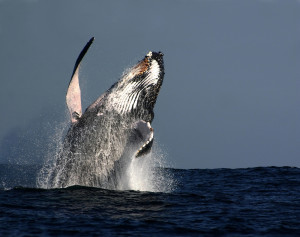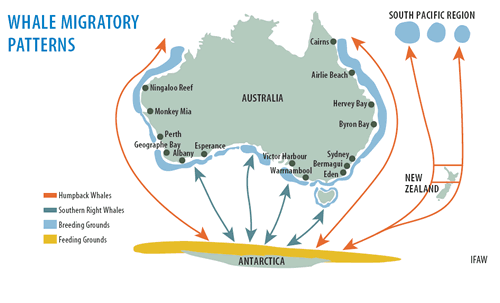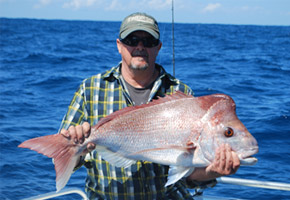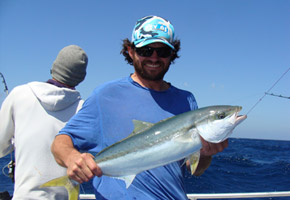Byron Bay Whale Watching
0400 946 066 for quick booking
We are the oldest Byron Bay Whale Charter company in Brunswick Heads with the most Modern and comfortable vessel (Windarra) along with our experienced crew , enjoy your Whale Watching off Brunswick Heads and Byron Bay, visit the Cape Byron Marine Park.
Allow us to take you on an unbelievable experience, with one of natures giants, the Humpback Whales ,on their migration north and again on their return south , enjoy one of the worlds most magnificent creatures, the Hump back Whale, from the comfort of (Windarra)
You will be able to view the Whales as they pass by Byron Bay up close and personal; capture every moment with our underwater camera. Listen to their songs with our hydrophones.
Enjoy Byron Bay Whale Watching in comfort on board (Windarra), step from the jetty to the boat. Enjoy the inquisitive nature of these majestic creatures, as they pass on their way.
Enjoy the moment with Byron Bay Charter and go Byron Bay Whale Watching
CLICK HERE TO BOOK ONLINE
| Quick facts – Humpback whale (Megaptera novaeangliae) | |
| Length: | Adults: 14m to 18m; Calves: 4m to 5m at birth |
| Weight: | Adults: up to 50 tonnes; Calves: 2 tonnes at birth |
| Gestation: | 11 to 11.5 months |
| Weaning age: | up to 11 months |
| Calving interval: | 2 to 3 years |
| Physical maturity: | Age: 12 to 15 years; Length: 13 to 14m |
| Sexual maturity: | Age: 4 to 10 yearsLength: 11.6m Males/12.1m Females |
| Mating season: | June to October |
| Calving season: | June to October |
| Cruising speed: | 7km/hr |
| Blow pattern: | Small and bushy, up to 4m |
| Protected: | Since 1965 |
Humpback whale fact sheet
Humpback whales were nearly hunted to extinction. The last whaling station in NSW, at Byron Bay, closed in 1962 because so few whales could be found. Humpback whales are now protected throughout Australia, and in NSW are listed as a vulnerable species under the Threatened Species Conservation Act 1995.
What do humpback whales look like?
The humpback whale is one of the most easily recognisable of the large whales. Often the first sign of its presence is its ‘blow’, a cloud of vapour that it shoots into the air when it breaks the surface to breathe.
Humpbacks get their name from the humped area of blubber anterior to their dorsal fin that is accentuated by the arching of their backs when diving. They will often roll forward to dive until only the tail sticks out of the water. This is called a fluke-up dive
Other common actions include:
waving their extraordinarily long pectoral fins
a leisurely body roll which ends with a splash as their pectoral fin smacks the surface of the water.
Humpback whales can launch themselves out of the water in a spectacular motion called breaching. There are theories as to why whales breach. They may be communicating to other whales across vast distances, trying to attract other whales (including a mate), warning off vessels or other mates, cooling off, removing parasites such as barnacles, or just playing! Seen from any distance, this action is one of the most dramatic and awe-inspiring in the animal kingdom.
The features of a humpback whale are:
A dark grey or black body, with white patches on the belly, pectoral fins and underside of the tail flukes. These unique black and white markings are like fingerprints, no two are the same. This fingerprint, or fluke identification (ID) aids researchers in identifying individuals as they migrate along the coast.
Long pectoral fins which are almost all white underneath, with bumps on the leading edges. Unlike any other whale, the humpback’s flukes and pectoral fins are scalloped or serrated on the trailing edge.
A slim head, or rostrum, covered with knobs with a distinctive rounded protuberance near the tip of the lower jaw.
Large numbers of barnacles often covering both the rostrum and pectoral fins.
A small dorsal fin located nearly two-thirds of the way down their back.
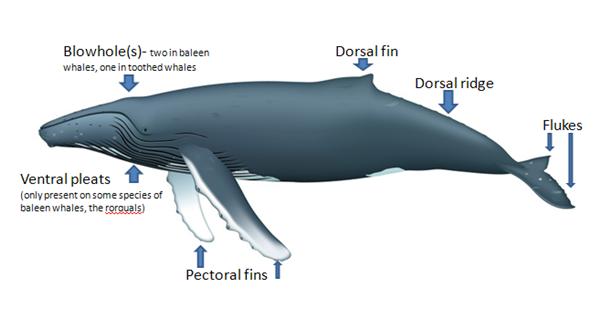
Humpbacks are baleen whales. They don’t have any teeth, and feed by filtering shrimp-like krill between 270-400 baleen plates which hang from the top jaw.
Humpbacks are also rorquals, whales which have distinctive throat grooves. They have up to 35 broad ventral throat grooves, extending at least to their navels. Their bodies are more robust than those of other rorquals.
Female humpback whales can be up to 16 m long. As with all baleen whales, the male is slightly smaller.
What do they sound like?
Humpback whales are one of the most exuberant of all whale species, and are celebrated for their energetic antics and haunting ‘songs’.
During migration, male humpback whales often ‘sing’ complex, lengthy and distinctive songs to communicate their presence to females to entice them to mate. They use syllables and rhyming phrases with a complex sequence of clicks, moans and eerie high-pitched wails that can last for a few moments or an hour. The sounds range from canary-like chirps to deep rumbling sounds that carry for hundreds of kilometres. The ‘songs’ change subtly each year and different humpback populations have different songs.
When can you see them?
During the hotter months of the year, from November to May, humpback whales feed in the waters of the Antarctic. They then migrate north to their subtropical breeding grounds off the Queensland coast. You can see them off the NSW coast:
between May and July, heading north
from September to November, on their way back to the Antarctic.
Enjoy the moment and go Byron Bay whale watching


